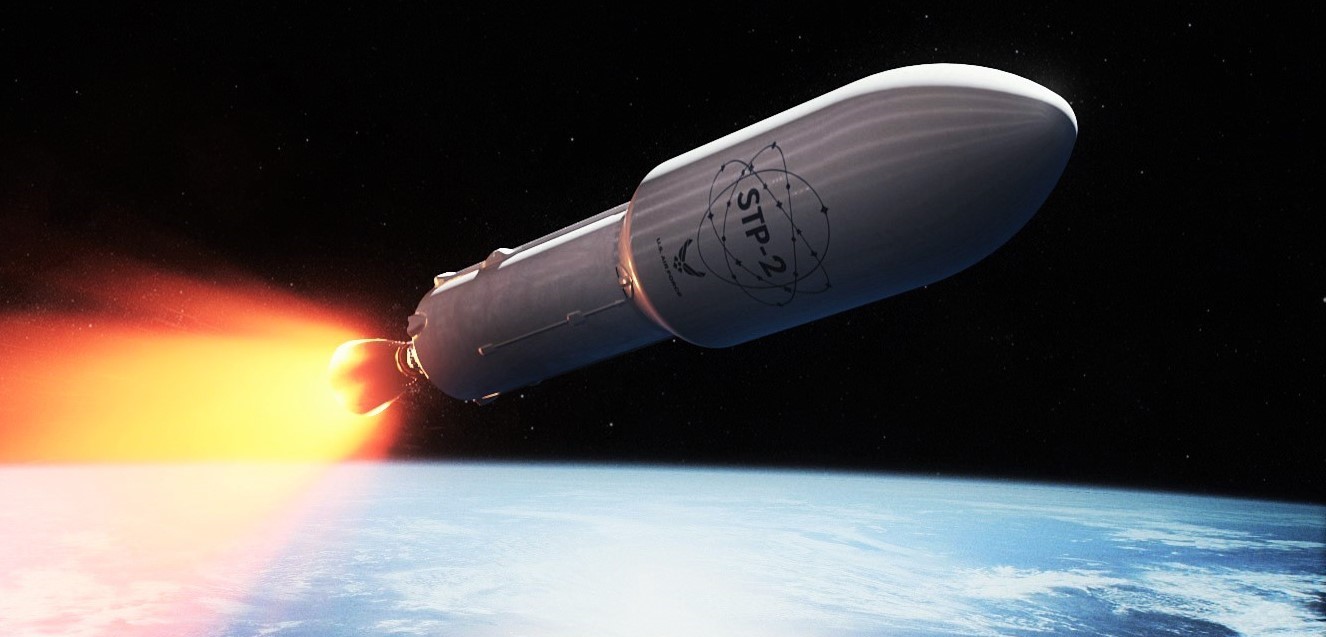
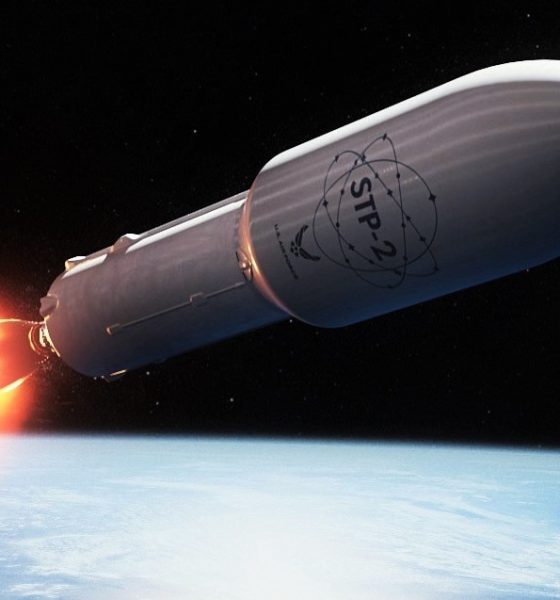
News
SpaceX’s Falcon Heavy flies a complex mission for the Air Force in launch video
SpaceX has gone to unique lengths for the third launch of its Falcon Heavy rocket and made an exhaustive webpage dedicated to the mission, reviewing its importance to SpaceX and the United States and discussing most of its 23 manifested spacecraft.
Known as the US Air Force’s Space Test Program 2 (STP-2) mission, Falcon Heavy Flight 3 will be a critical pathfinder for the US military’s systematic utilization of both Falcon Heavy and its flight-proven boosters.
The STP-2 mission will be among the most challenging launches in SpaceX history with four separate upper-stage engine burns, three separate deployment orbits, a final propulsive passivation maneuver and a total mission duration of over six hours. [It] will demonstrate the capabilities of the Falcon Heavy launch vehicle and provide critical data supporting certification for future National Security Space Launch (NSSL) missions. In addition, [the USAF] will use this mission as a pathfinder for the [military’s systematic utilization of flight-proven] launch vehicle boosters.
SpaceX, April 2019
SpaceX offers a very effective summary of the various challenges presented by Falcon Heavy’s STP-2 mission and third launch. It’s as challenging as it is for one very specific and largely artificial reason. All the way back in 2012, the USAF contracted the launch to give SpaceX a low-risk opportunity to demonstrate specific capabilities the military branch requires before they certify a given rocket to launch high-value payloads. Originally intended to fly STP-2 in mid-2015, Falcon Heavy suffered almost five years of delays during its development, caused by a combination of unexpected technical difficulties and two catastrophic Falcon 9 failures in 2015 and 2016.
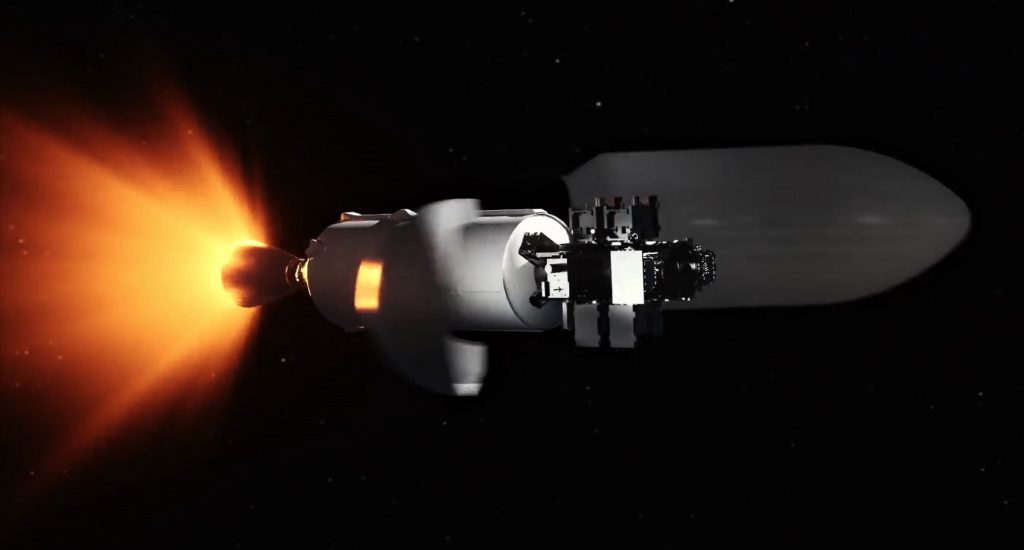
After spending the whole of 2017 gradually catching up on delayed customer launches, SpaceX successfully conducted Falcon Heavy’s launch debut on February 6th, 2018. Four months later, the Air Force announced that it had completed the SpaceX rocket’s preliminary certification and awarded the company a $130M launch contract for AFSPC-52, a classified military satellite. According to documents describing the mission, the satellite weighs approximately 6350 kg (~14,000 lb) and needs to be placed into a geostationary transfer orbit (GTO) measuring 35,188km X 185km (21,850 mi X 115 mi).
Conveniently, Falcon Heavy’s commercial launch debut saw the massive rocket deliver the communications satellite Arabsat 6A – weighing ~6450 kg (~14,200 lb) – into an extremely high GTO, almost 90,000 km X 330 km (56,000 mi X 205 mi). In simpler terms, Falcon Heavy Flight 2 was an almost perfect demonstration that SpaceX is more than capable of successfully launching AFSPC-52, a milestone that could come as early as H2 2020.
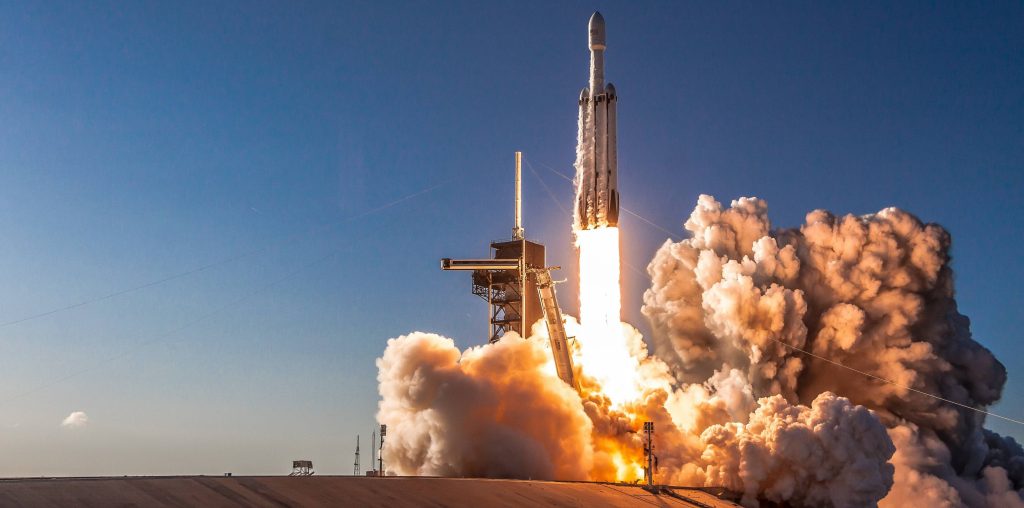
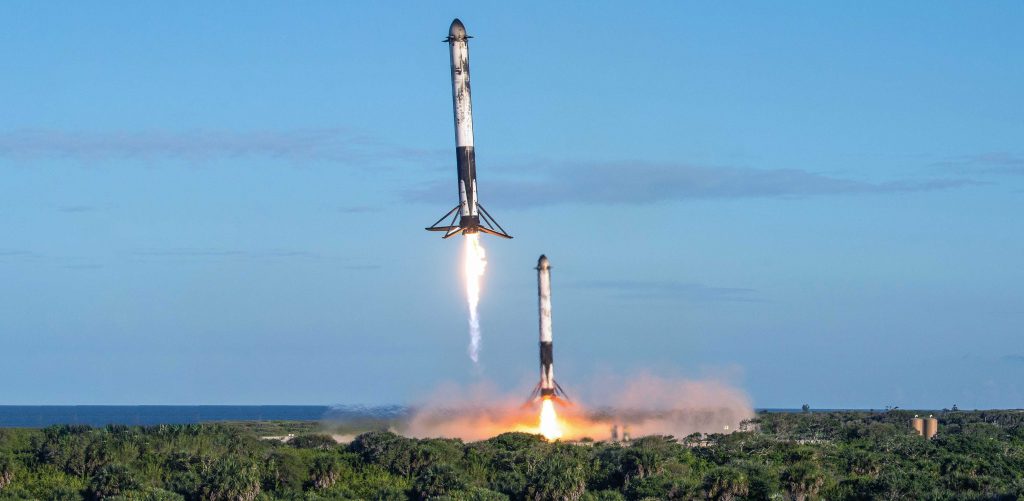
The STP-2 mission should help to boost the US military’s confidence in Falcon Heavy even further. The mission is comprised of 23 separate satellites from a dozen or so different groups, ranging from a NOAA weather satellite constellation to a NASA-built atomic clock. The purpose of such a varied range of payloads is to have SpaceX’s Falcon upper stage (S2) place three separate sets into three distinctly different Earth orbits, a challenge that will require the rocket to ignite its Merlin Vacuum engine four times and survive in space for more than six hours.
SpaceX has been testing this critical long-coast technology since at least February 2018, when Falcon Heavy’s debut included a six-hour coast of the upper stage to send a Tesla Roadster on an Earth escape trajectory. SpaceX completed that test successfully and said Roadster is now orbiting the sun on a trajectory that regularly reaches beyond the orbit of Mars. SpaceX has continued to test the longevity of its universal Falcon upper stage, including a handful of on-orbit demonstrations after completing customer missions.
Aside from opening the door for new areas of competition in military launch procurement, successfully proving the long-coast capabilities of the Falcon upper stage will also mean that SpaceX can offer them commercially. Military launches often require long coasts in order to get spacecraft to their operating orbits as quickly as possible, typically involving an upper stage burning at the top of a transfer orbit to circularize said orbit. This capability can also be of significant value to non-government customers, however, as the faster a satellite can get to its operational orbit, the faster its owner can start using it to generate revenue. Traditionally, most commercial geostationary communications satellites are sent to transfer orbits, raising one end of the orbit (apogee) but leaving the low end (perigee) in low Earth orbit. Satellites then use their own propulsion systems to circularize their orbits before they can begin commercial operations.
It’s safe to assume that SpaceX is interested in commercially offering services like those above to make Falcon Heavy even more competitive with the likes of ULA’s Atlas/Delta/Vulcan rockets and Arianespace’s Ariane 5 and Ariane 6. The US military will almost certainly be the anchor customer, but a reliable upper stage with long-coast capabilities may one day allow Falcon Heavy to routinely launch commercial satellites directly into circular orbits or send flagship NASA spacecraft into deep space. But first, STP-2. According to Taiwan space agency NSPO, involved in the mission through their Formosat-7 constellation (also known as NOAA’s COSMIC-2), Falcon Heavy could launch STP-2 as early as June 22nd.
SpaceX’s dedicated STP-2 webpage can be viewed here.
Check out Teslarati’s Marketplace! We offer Tesla accessories, including for the Tesla Cybertruck and Tesla Model 3.

Elon Musk
Elon Musk’s warning to legacy automakers: Tesla FSD licensing snub echoes EV dismissal
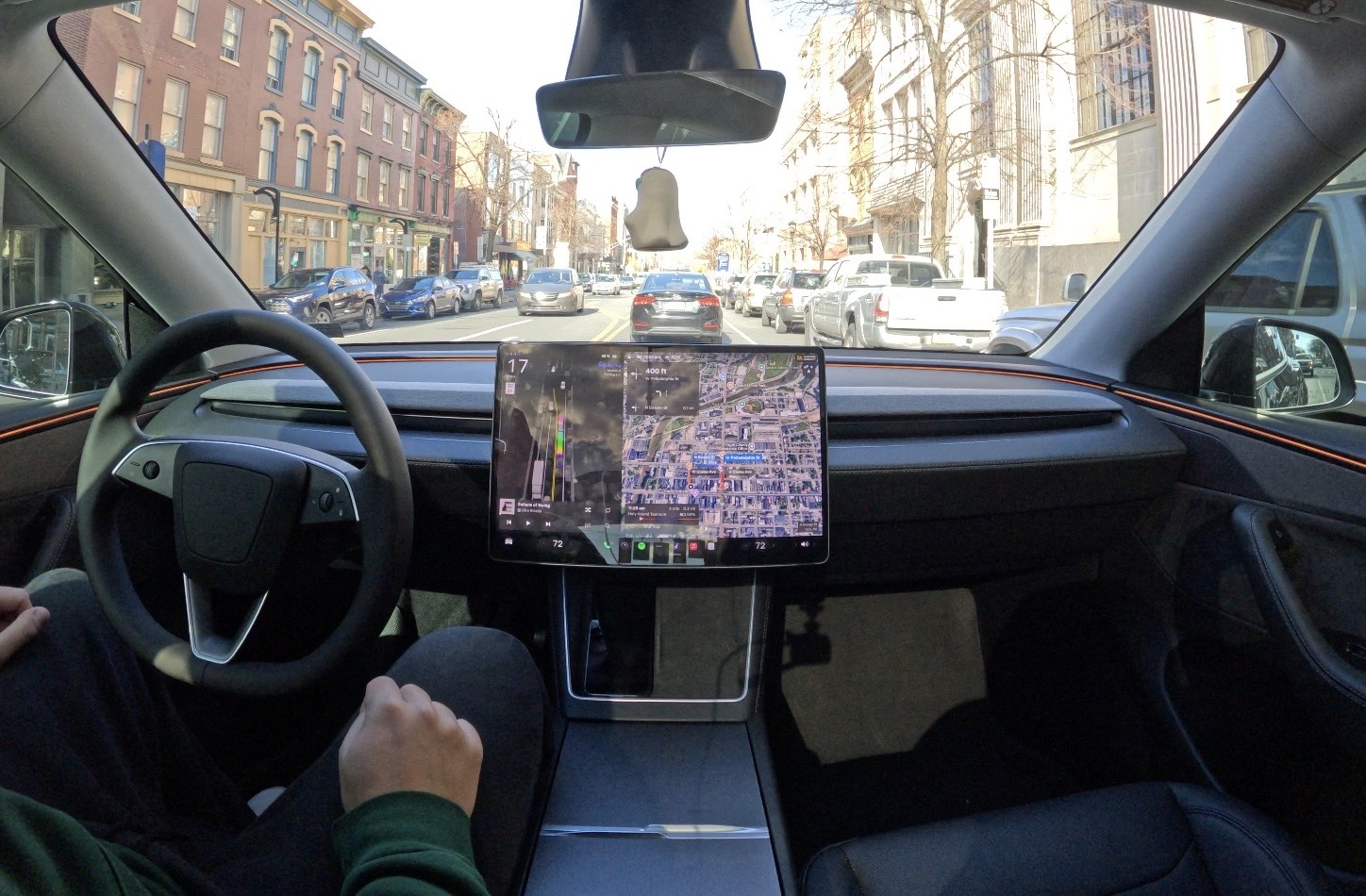
Elon Musk said in late November that he’s “tried to warn” legacy automakers and “even offered to license Tesla Full Self-Driving, but they don’t want it,” expressing frustration with companies that refuse to adopt the company’s suite, which will eventually be autonomous.
Tesla has long established itself as the leader in self-driving technology, especially in the United States. Although there are formidable competitors, Tesla’s FSD suite is the most robust and is not limited to certain areas or roadways. It operates anywhere and everywhere.
The company’s current position as the leader in self-driving tech is being ignored by legacy automakers, a parallel to what Tesla’s position was with EV development over a decade ago, which was also ignored by competitors.
The reluctance mirrors how legacy automakers initially dismissed EVs, only to scramble in catch-up mode years later–a pattern that highlights their historical underestimation of disruptive innovations from Tesla.
Elon Musk’s Self-Driving Licensing Attempts
Musk and Tesla have tried to push Full Self-Driving to other car companies, with no true suitors, despite ongoing conversations for years. Tesla’s FSD is aiming to become more robust through comprehensive data collection and a larger fleet, something the company has tried to establish through a subscription program, free trials, and other strategies.
Tesla CEO Elon Musk sends rivals dire warning about Full Self-Driving
However, competing companies have not wanted to license FSD for a handful of speculative reasons: competitive pride, regulatory concerns, high costs, or preference for in-house development.
Déjà vu All Over Again
Tesla tried to portray the importance of EVs long ago, as in the 2010s, executives from companies like Ford and GM downplayed the importance of sustainable powertrains as niche or unprofitable.
Musk once said in a 2014 interview that rivals woke up to electric powertrains when the Model S started to disrupt things and gained some market share. Things got really serious upon the launch of the Model 3 in 2017, as a mass-market vehicle was what Tesla was missing from its lineup.
This caused legacy companies to truly wake up; they were losing market share to Tesla’s new and exciting tech that offered less maintenance, a fresh take on passenger auto, and other advantages. They were late to the party, and although they have all launched vehicles of their own, they still lag in two major areas: sales and infrastructure, leaning on Tesla for the latter.
I’ve tried to warn them and even offered to license Tesla FSD, but they don’t want it! Crazy …
When legacy auto does occasionally reach out, they tepidly discuss implementing FSD for a tiny program in 5 years with unworkable requirements for Tesla, so pointless. 🤷♂️
🦕 🦕
— Elon Musk (@elonmusk) November 24, 2025
Musk’s past warnings have been plentiful. In 2017, he responded to critics who stated Tesla was chasing subsidies. He responded, “Few people know that we started Tesla when GM forcibly recalled all electric cars from customers in 2003 and then crushed them in a junkyard,” adding that “they would be doing nothing” on EVs without Tesla’s efforts.
Companies laughed off Tesla’s prowess with EVs, only to realize they had made a grave mistake later on.
It looks to be happening once again.
A Pattern of Underestimation
Both EVs and self-driving tech represent major paradigm shifts that legacy players view as threats to their established business models; it’s hard to change. However, these early push-aways from new tech only result in reactive strategies later on, usually resulting in what pains they are facing now.
Ford is scaling back its EV efforts, and GM’s projects are hurting. Although they both have in-house self-driving projects, they are falling well behind the progress of Tesla and even other competitors.
It is getting to a point where short-term risk will become a long-term setback, and they may have to rely on a company to pull them out of a tough situation later on, just as it did with Tesla and EV charging infrastructure.
Tesla has continued to innovate, while legacy automakers have lagged behind, and it has cost them dearly.
Implications and Future Outlook
Moving forward, Tesla’s progress will continue to accelerate, while a dismissive attitude by other companies will continue to penalize them, especially as time goes on. Falling further behind in self-driving could eventually lead to market share erosion, as autonomy could be a crucial part of vehicle marketing within the next few years.
Eventually, companies could be forced into joint partnerships as economic pressures mount. Some companies did this with EVs, but it has not resulted in very much.
Self-driving efforts are not only a strength for companies themselves, but they also contribute to other things, like affordability and safety.
Tesla has exhibited data that specifically shows its self-driving tech is safer than human drivers, most recently by a considerable margin. This would help with eliminating accidents and making roads safer.
Tesla’s new Safety Report shows Autopilot is nine times safer than humans
Additionally, competition in the market is a good thing, as it drives costs down and helps innovation continue on an upward trend.
Conclusion
The parallels are unmistakable: a decade ago, legacy automakers laughed off electric vehicles as toys for tree-huggers, crushed their own EV programs, and bet everything on the internal-combustion status quo–only to watch Tesla redefine the industry while they scrambled for billions in catch-up capital.
Today, the same companies are turning down repeated offers to license Tesla’s Full Self-Driving technology, insisting they can build better autonomy in-house, even as their own programs stumble through recalls, layoffs, and missed milestones. History is not merely rhyming; it is repeating almost note-for-note.
Elon Musk has spent twenty years warning that the auto industry’s bureaucratic inertia and short-term thinking will leave it stranded on the wrong side of technological revolutions. The question is no longer whether Tesla is ahead–it is whether the giants of Detroit, Stuttgart, and Toyota will finally listen before the next wave leaves them watching another leader pull away in the rear-view mirror.
This time, the stakes are not just market share; they are the very definition of what a car will be in the decades ahead.
News
Waymo driverless taxi drives directly into active LAPD standoff
No injuries occurred, and the passengers inside the vehicle were safely transported to their destination, as per a Waymo representative.
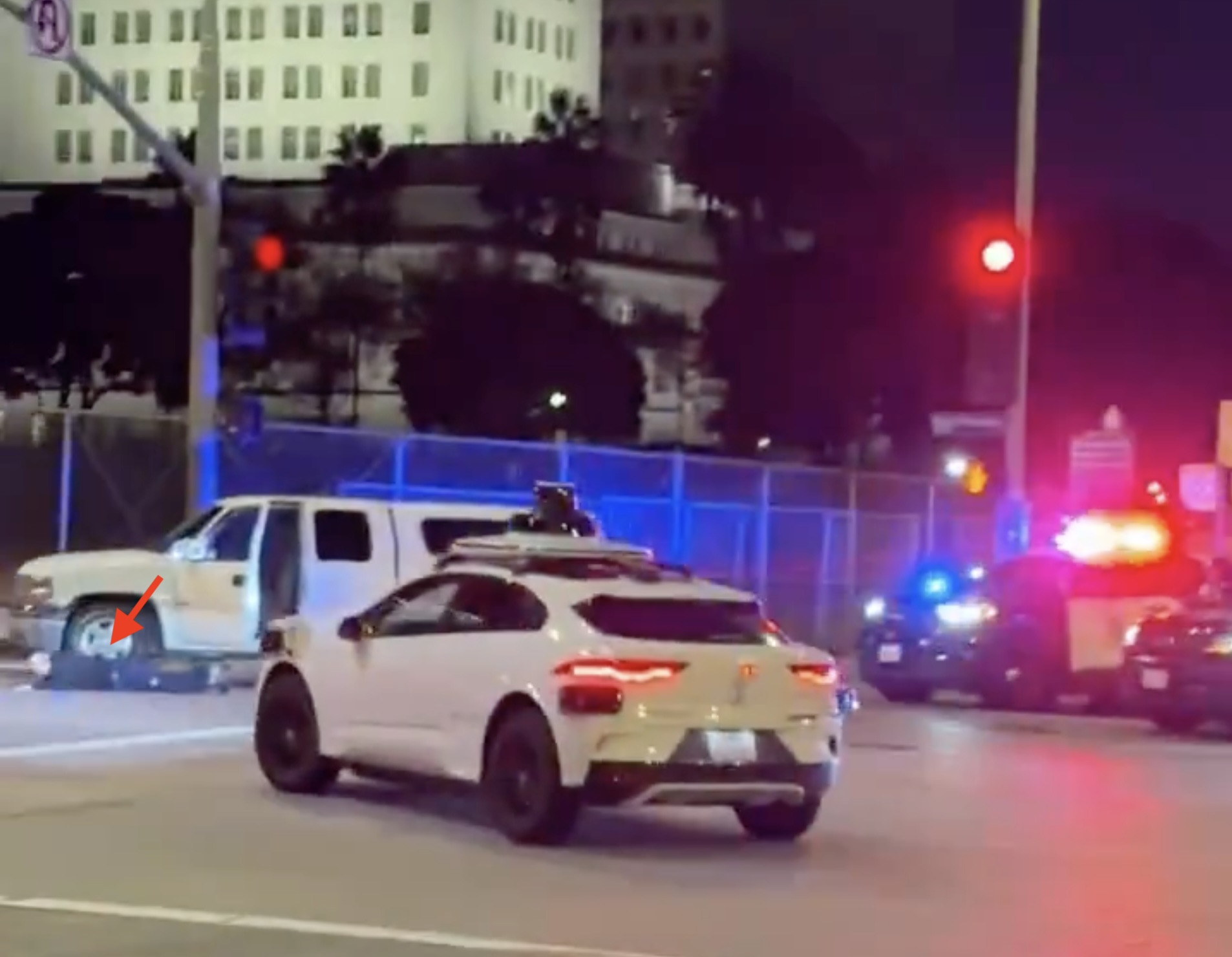
A video posted on social media has shown an occupied Waymo driverless taxi driving directly into the middle of an active LAPD standoff in downtown Los Angeles.
As could be seen in the short video, which was initially posted on Instagram by user Alex Choi, a Waymo driverless taxi drove directly into the middle of an active LAPD standoff in downtown Los Angeles.
The driverless taxi made an unprotected left turn despite what appeared to be a red light, briefly entering a police perimeter. At the time, officers seemed to be giving commands to a prone suspect on the ground, who looked quite surprised at the sudden presence of the driverless vehicle.
People on the sidewalk, including the person who was filming the video, could be heard chuckling at the Waymo’s strange behavior.
The Waymo reportedly cleared the area within seconds. No injuries occurred, and the passengers inside the vehicle were safely transported to their destination, as per a Waymo representative. Still, the video spread across social media, with numerous netizens poking fun at the gaffe.
Others also pointed out that such a gaffe would have resulted in widespread controversy had the vehicle involved been a Tesla on FSD. Tesla is constantly under scrutiny, with TSLA shorts and similar groups actively trying to put down the company’s FSD program.
A Tesla on FSD or Robotaxi accidentally driving into an active police standoff would likely cause lawsuits, nonstop media coverage, and calls for a worldwide ban, at the least.
This was one of the reasons why even minor traffic infractions committed by the company’s Robotaxis during their initial rollout in Austin received nationwide media attention. This particular Waymo incident, however, will likely not receive as much coverage.
News
Tesla Model Y demand in China is through the roof, new delivery dates show
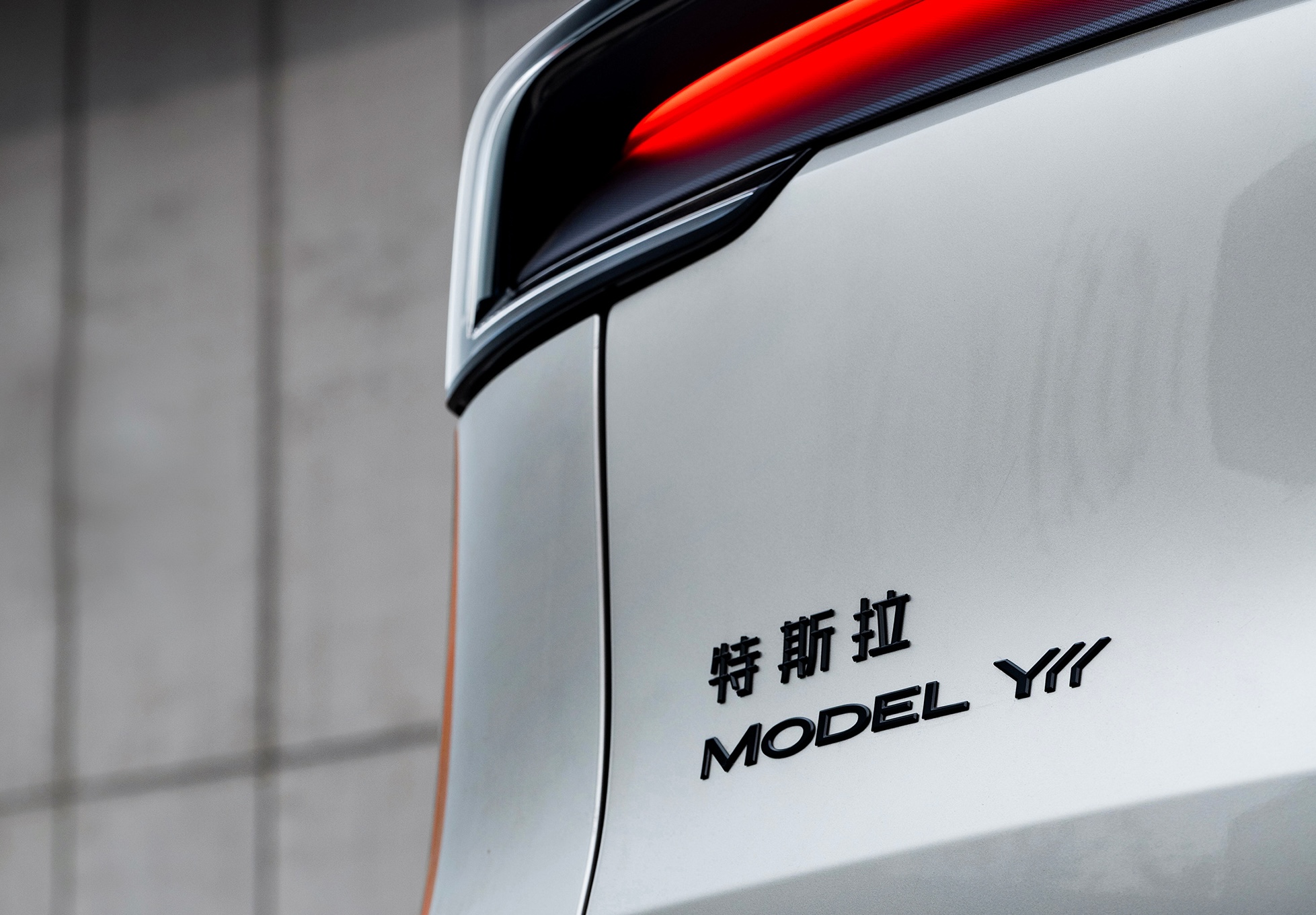
Tesla Model Y demand in China is through the roof, and new delivery dates show the company has already sold out its allocation of the all-electric crossover for 2025.
The Model Y has been the most popular vehicle in the world in both of the last two years, outpacing incredibly popular vehicles like the Toyota RAV 4. In China, the EV market is substantially more saturated, with more competitors than in any other market.
However, Tesla has been kind to the Chinese market, as it has launched trim levels for the Model Y in the country that are not available anywhere else. Demand has been strong for the Model Y in China; it ranks in the top 5 of all EVs in the country, trailing the BYD Seagull, Wuling Hongguang Mini EV, and the Geely Galaxy Xingyuan.
The other three models ahead of the Model Y are priced substantially lower.
Tesla is still dealing with strong demand for the Model Y, and the company is now pushing delivery dates to early 2026, meaning the vehicle is sold out for the year:
NEWS: New orders for all four Tesla Model Y trims in China are now officially sold out for 2025, as the factory’s remaining production capacity for the year has been fully allocated.
Estimated delivery dates for new orders now show January-February 2026. pic.twitter.com/Dfnu7yY58N
— Sawyer Merritt (@SawyerMerritt) December 1, 2025
Tesla experienced a 9.9 percent year-over-year rise in its China-made EV sales for November, meaning there is some serious potential for the automaker moving into next year despite increased competition.
There have been a lot of questions surrounding how Tesla would perform globally with more competition, but it seems to have a good grasp of various markets because of its vehicles, its charging infrastructure, and its Full Self-Driving (FSD) suite, which has been expanding to more countries as of late.
Tesla Model Y is still China’s best-selling premium EV through October
Tesla holds a dominating lead in the United States with EV registrations, and performs incredibly well in several European countries.
With demand in China looking strong, it will be interesting to see how the company ends the year in terms of global deliveries.









